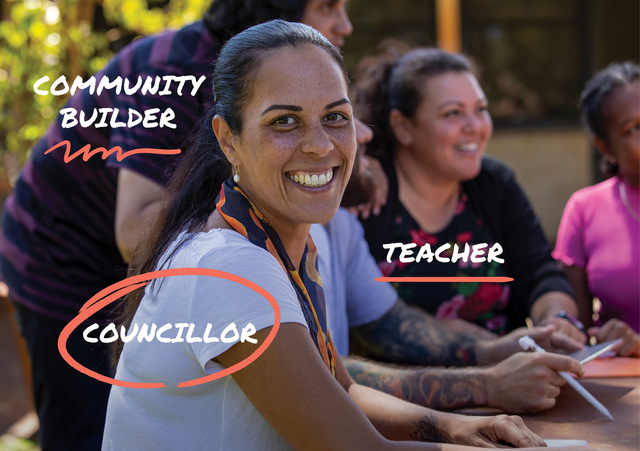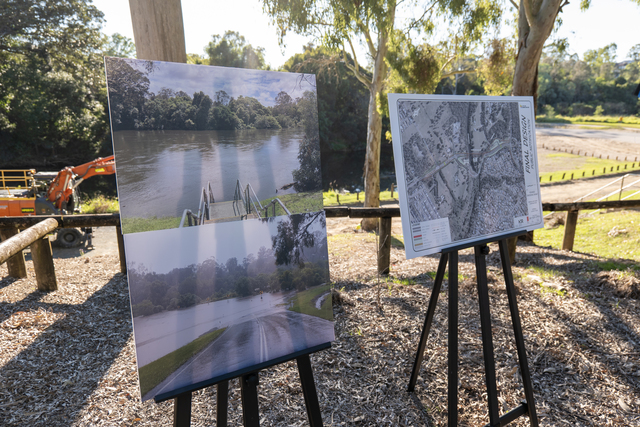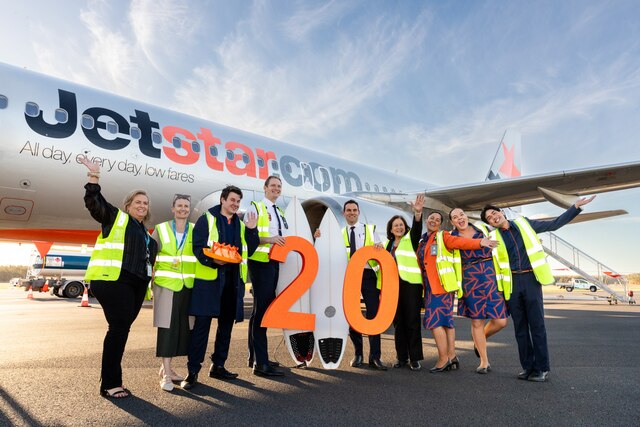The impending Federal Budget has prompted a call from the Local Government Association of New South Wales (LGNSW) for the restoration of Financial Assistance Grants (FAGs) to at least one percent of Commonwealth tax revenue.
LGNSW President, Linda Scott said that a significant and sustained funding boost for local governments to provide infrastructure for their local communities must be the primary focus of the upcoming Federal Budget if Australia is to boost national productivity.
“On average, local government is relatively self-sufficient, raising around 80 percent of its own revenue through rates, fees and charges.
“However, many councils in regional and remote areas have a very low rate base and depend on grants to provide a mix of services and infrastructure appropriate to local circumstances.
“This means communities going without library improvements to boost literacy, community pools in summer, early childhood education centres to allow parents back into the workforce, and roads to deliver jobs and economic development to regions.
“Local Government has called on the Federal Government to provide a Community Infrastructure Program of $300 million per annum nationally, for four years, to stimulate growth and build community resilience.
“A Community Infrastructure Program would also help those councils faced with growing demand for infrastructure in response to booming populations.
“Local Government is one of the biggest sectors in our national economy, spending over $30 billion per annum nationally – including $11 billion in NSW where councils employ more than 50,000 people, mainly in rural and regional NSW.
“In 1996, Financial Assistance Grants were equal to about one percent of the total Commonwealth tax take.
“But despite an average 3.47 percent annual growth rate in Australia’s Gross Domestic Product (GDP) from 1960 until 2017, Financial Assistance Grants have declined and now amount to approximately 0.57 percent of Commonwealth tax revenue.
“That’s a drop of about 43 percent in relative terms, which can’t help but have a very significant impact on local government’s ability to provide and maintain community infrastructure.
“NSW councils are being squeezed from all sides, by rate-capping and also by cost-shifting by the State and Federal Governments, which cost councils more than $820 million per annum.
“It’s exactly these sort of financial constraints that make it almost impossible for local communities to thrive,” she said.







